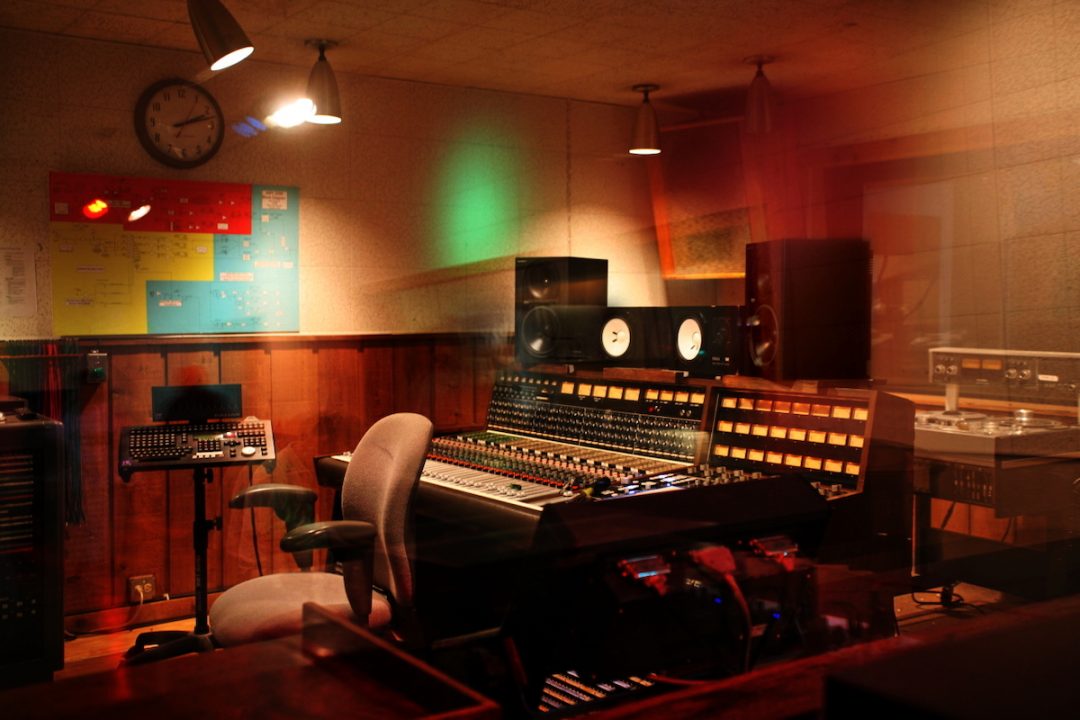Room EQ Wizard (REW) is free room acoustics software for measuring and analyzing room and loudspeaker responses. The analysis helps you optimize your studio by finding the best spot for the speakers and listening position. Shooting the room gives you a thorough understanding of how frequencies behave in your space.
Not only is Room EQ Wizard free, but it includes all the tools for generating audio test signals, measuring SPL and impedance, and measuring frequency and impulse responses.
It can also calculate reverberation times of your space and find the frequencies and decay times of resonances, in addition to a whole lot of other nifty ways to measure the intricacies of room acoustics.
Setting Up Room EQ Wizard
There is an incredibly simple way to set up and use REQ, and that’s with a USB microphone and your laptop/computer.
One of the later versions of the freeware introduced support for ‘Plug-N-Play’ USB mics. It’s recommended that you pick up an individually calibrated USB mic, which you can do for under $100. Most room analysis software automatically recognizes the MiniDSP UMIK-1, so all you have to do is plug it into an open USB port on your computer. It’s just $75!
This means there’s only one piece of equipment to buy: the mic. The software is free, you plug the mic in, and you can take a measurement of your room with Room EQ Wizard in less than 5 minutes!
An alternative would be getting a regular XLR calibration microphone and running it into your audio interface. This method introduces one extra piece of equipment between you and the software, but is quite literally just as simple if you have an aversion to USB microphones. You should have an interface anyway to connect your speakers to your computer.
In terms of reading Room EQ Wizard’s data, there are tons of resources available on how to interpret the charts and graphs it generates. AV Nirvana has an entire forum dedicated to the software. Lots of experienced users share their knowledge — again, at absolutely no cost.
The frequency response graph should be the most familiar and the easiest to read; it tells you everything you probably want to know anyway, like where all the the big resonances are.
- Related: Sonarworks Reference 4 Review
How does REQ work?
Generally speaking, room acoustics software uses an impulse response to calculate its measurements. We want to capture the entire frequency spectrum, so we play back a slow sine wave sweep on our speakers between 10 and 20,000 Hz and record it into Room EQ Wizard with a calibration microphone.
The subsequent recording will contain all frequencies of interest, in addition to the combined responses of the room and speakers. REQ removes the sine wave, leaving you with only the room and speaker response. Now you have a blueprint of what will happen to any sound played on those speakers in that room, i.e., an impulse response of the acoustic environment.
Should you measure your room acoustics?
Room EQ Wizard is extremely comprehensive, which means there’s a learning curve. But it’s free, apart from the cost of a calibration microphone, and can tell you more than you’d ever want to know about your room. None of the info REQ measures would hurt you — that’s for sure!
Without getting too heady with the software, most of us can get by just knowing our room’s frequency response. This can help explain why, for instance, there’s a low-mid deficiency in your mixes when you reference on other systems. Maybe there’s a big low-mid build-up in your home studio, so you’re carving those frequencies up in your mixes.
Will Room EQ Wizard ‘fix’ my room?
The answer is a simple and definitive ‘no,’ but that’s the wrong question to ask. Room calibration software diagnoses acoustic problems; it unfortunately can’t treat them. However, it will show you a bunch of awful looking charts and graphs!
The truth is, even the finest studios in the world probably ‘look’ absolutely terrible when measured so precisely. There’s no such thing as perfect, and that’s especially true of acoustic environments — even the really, really expensive ones.
It takes a ton of experience to read acoustic measurement data, and even more to determine what to do with that info. The best thing you can do for your room is treat the first reflection points at the very least. From there, you can use a tool like Room EQ Wizard to chart the room’s frequency response. This will arm you will some powerful knowledge the next time you’re mixing!
